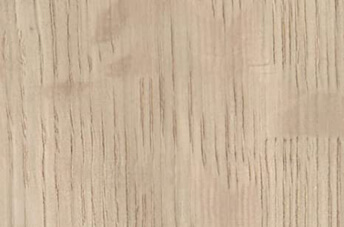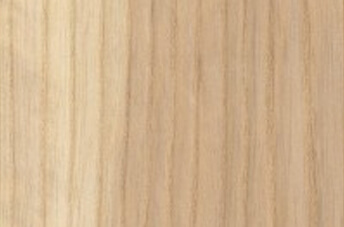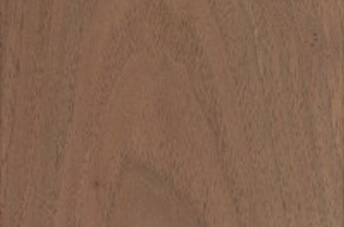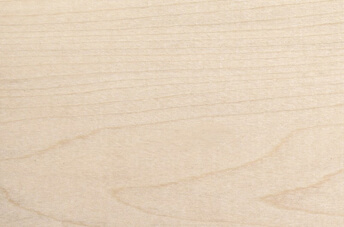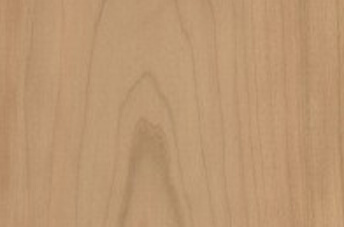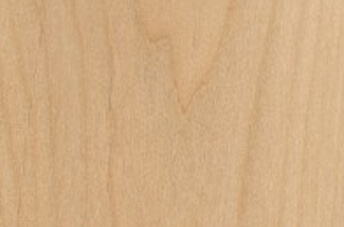

DOMESTIC HARDWOODS
Our top priority is you. We source only the finest stock from the best-growing regions in North America. Each wood species has its own characteristics based on the region it comes from. Soil conditions and weather patterns can affect the color and other important features of each species.
Tropical Forest Products stocks all the most commonly requested hardwood species but also sources more elusive species to meet our client’s particular needs. Many species are carried in thicknesses from 4/4 up to 16/4. Typically, the highest grades, FAS and Select & Better are stocked, but we also offer lower grades for those special projects. And of course, FSC certified materials are available upon request.
Available products
Find the detailed info in each product
Get the full
product brochure
Share your email to download
- OUR LOCATIONS
- CONTACT US
- SIGN UP
Stay informed about the latest offers, products and sales
- FIND US
- CONTACT US
- SIGN UP


